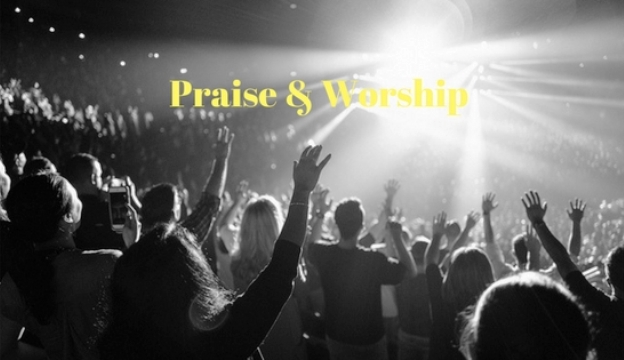The Biblical Roots of Christian Praise and Worship
Do you know how praise and worship in Christian churches started? Why do we sing an opening or welcome song and then proceed to sing up-tempo songs before finally transitioning into high intimacy worship songs? Is there some kind of pattern that we’re supposed to strictly follow? Or can we modify it to suit our … Read more

